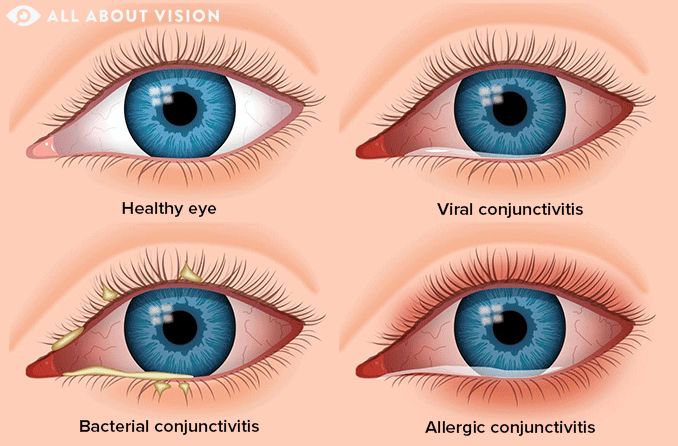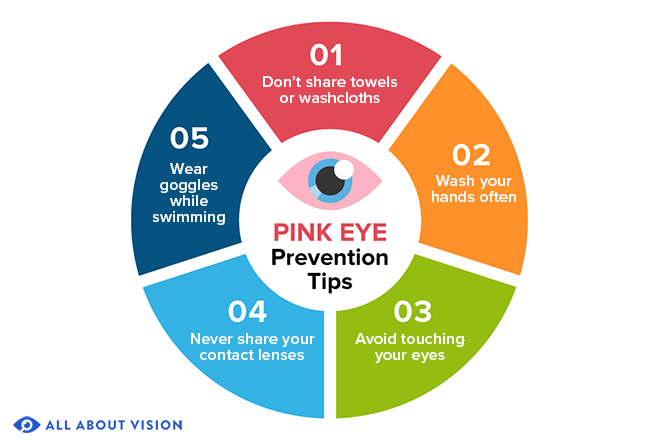Debunking the Myth: Does Pink Eye Really Come from Poop?
Pink eye, medically known as conjunctivitis, is a common eye condition that can cause redness, irritation, and discomfort. Among the various misconceptions surrounding pink eye, the belief that it can come from contact with feces is a prevalent one. In this article, we will examine the truth behind this myth and provide accurate information about the causes and transmission of pink eye.
1. Understanding Pink Eye

Pink Eye
Before addressing the connection between pink eye and feces, let's first understand what pink eye is.
Pink eye refers to the inflammation of the conjunctiva, which is the thin layer of tissue covering the white part of the eye and the inner surface of the eyelids.
This inflammation can result from various factors, including infections, allergies, irritants, and underlying health conditions.
2. The Myth: Does Pink Eye Come from Poop?
The belief that pink eye can be contracted from contact with feces is a widespread misconception.
While it's true that some infections can be transmitted through poor hygiene practices, pink eye is not primarily caused by fecal matter.
Instead, the most common causes of pink eye are viral and bacterial infections, as well as allergic reactions.
3. Modes of Transmission

Modes of Transmission
Pink eye is highly contagious and can spread through various means, depending on the type of conjunctivitis:
3.1 Viral Conjunctivitis:
This type is often associated with the common cold and other upper respiratory infections. It can spread through contact with respiratory droplets, touching contaminated surfaces, or close contact with an infected person.
3.2 Bacterial Conjunctivitis:
Bacterial infections can also cause pink eye. It can spread through direct contact with discharge from the infected eye, as well as through contaminated hands or objects.
3.3 Allergic Conjunctivitis:
Allergic reactions to substances like pollen, pet dander, or certain chemicals can lead to pink eye. This type is not contagious and cannot be spread from person to person.
4. Proper Hygiene and Prevention
While pink eye is not primarily caused by feces, practicing good hygiene can help prevent its transmission. Here are some steps to take:
4.1 Frequent Handwashing:
Regularly washing your hands with soap and water can help prevent the spread of infections that could lead to pink eye.
4.2 Avoid Touching Your Face:
Refrain from touching your eyes, nose, and mouth, especially if your hands are not clean.
4.3 Personal Items:
Avoid sharing personal items like towels, pillows, and makeup with others, as these items can harbor bacteria and viruses.
4.4 Disinfect Surfaces:
Keep surfaces clean and disinfected, especially in environments where many people come into contact with shared objects.
5. Debunking the Myth
The belief that pink eye comes from poop is not based on accurate medical information.
While it's important to practice good hygiene and take precautions to prevent the spread of infections, pink eye is caused by a range of factors beyond fecal matter.
Pink eye, also known as conjunctivitis, is a common condition that can cause discomfort and irritation. While the misconception that pink eye comes from poop is widely circulated, it's crucial to rely on accurate medical information. Pink eye is primarily caused by viral and bacterial infections, as well as allergies, rather than contact with feces. By understanding the true causes and modes of transmission of pink eye, individuals can take appropriate measures to prevent its spread and ensure their eye health.